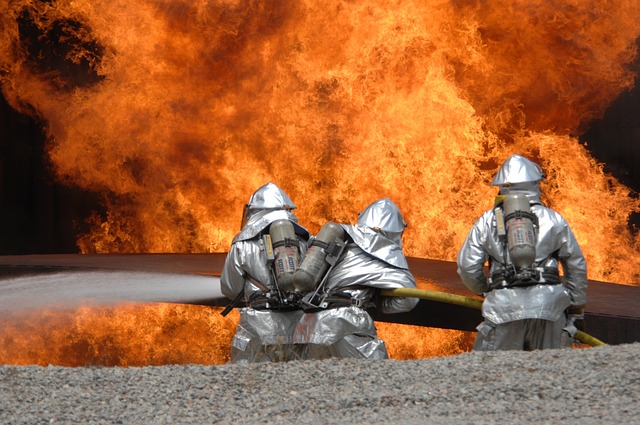When it comes to fire safety, one of the most important tools to have on hand is a fire extinguisher. Whether at home, in the office, or in a vehicle, having access to a fire extinguisher can be a life-saving decision during an emergency. In this blog, we will explore the importance of fire extinguisher, their types, how to use them, and tips for maintenance.
Why Are Fire Extinguishers Important?
A fire can break out unexpectedly, and knowing how to respond quickly can make all the difference. Fire extinguishers offer a quick and effective solution to put out small fires before they spread. They are particularly useful in the early stages of a fire, where a fast response is crucial to prevent significant damage or injury.
Having a fire extinguisher can:
- Prevent property damage: Early intervention can prevent a small fire from turning into a major disaster.
- Save lives: A quick response can potentially save lives by controlling the spread of fire.
- Meet safety regulations: Many workplaces and homes are required by law to have fire extinguishers as part of their safety protocol.
Types of Fire Extinguishers
Not all fires are the same, and neither are fire extinguishers. There are five main types of fire extinguishers, each designed for different kinds of fires. Understanding these classifications will help you choose the right extinguisher for your needs:
- Class A: For ordinary combustibles like wood, paper, and cloth.
- Class B: For flammable liquids such as gasoline, oil, and grease.
- Class C: For electrical fires (this includes appliances, wiring, and outlets).
- Class D: For combustible metals like magnesium, titanium, and sodium.
- Class K: For kitchen fires involving oils and fats, often found in commercial kitchens.
Make sure to choose the right type based on the environment in which the extinguisher will be used.
How to Use a Fire Extinguisher: The PASS Method
In an emergency situation, it’s important to act quickly and correctly. The PASS method is a simple and effective way to remember how to use a fire extinguisher:
- P – Pull the pin: This will break the tamper seal and allow you to operate the extinguisher.
- A – Aim the nozzle: Point the nozzle at the base of the fire, not the flames.
- S – Squeeze the handle: Apply pressure to release the extinguishing agent.
- S – Sweep from side to side: Move the nozzle in a sweeping motion to cover the fire evenly.
Remember, only use a fire extinguisher if the fire is small and contained. If the fire is spreading rapidly or you are unsure, evacuate immediately and call emergency services.
Fire Extinguisher Maintenance
To ensure that your fire extinguisher is ready for use in an emergency, regular maintenance is key:
- Check the pressure gauge: Make sure the needle is in the green zone, indicating the extinguisher is properly pressurized.
- Inspect for damage: Look for dents, rust, or any other signs of wear and tear that could affect performance.
- Ensure the nozzle is clear: Check that there are no blockages or obstructions in the nozzle that could prevent proper discharge.
- Recharge or replace: If the extinguisher has been used, even partially, it should be recharged. If it’s expired, replace it with a new one.
Where Should You Place a Fire Extinguisher?
Strategic placement of fire extinguishers is essential for quick access in case of emergency. Common places to install a fire extinguisher include:
- Kitchens: A Class K extinguisher is a must for kitchen areas.
- Near exits: This ensures that you can easily access it while escaping in case the fire worsens.
- Workplaces: Fire extinguishers should be placed in accessible areas throughout the workplace, especially near potential fire hazards.
- Vehicles: Cars, trucks, and RVs should have a small, portable fire extinguisher on hand.
Conclusion
Fire extinguishers are an essential part of any safety plan, whether it’s at home, in the workplace, or on the road. By understanding the different types of fire extinguishers, knowing how to use them effectively, and maintaining them properly, you can ensure that you are prepared for an emergency. Don’t wait until it’s too late—make sure your fire extinguisher is ready for use and strategically placed in areas where it can be accessed quickly when needed.
Remember, safety first!
